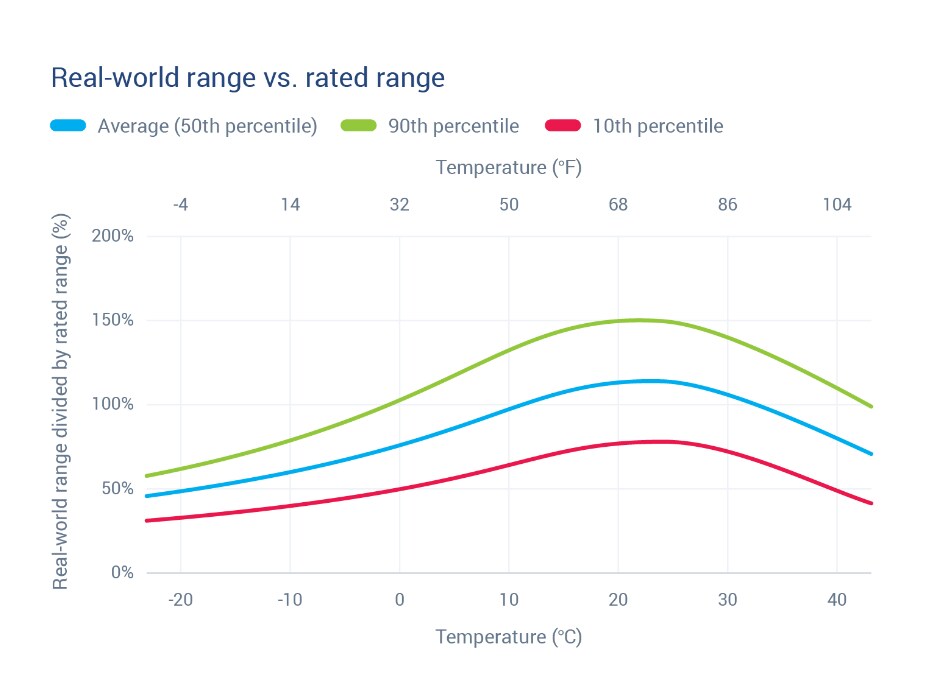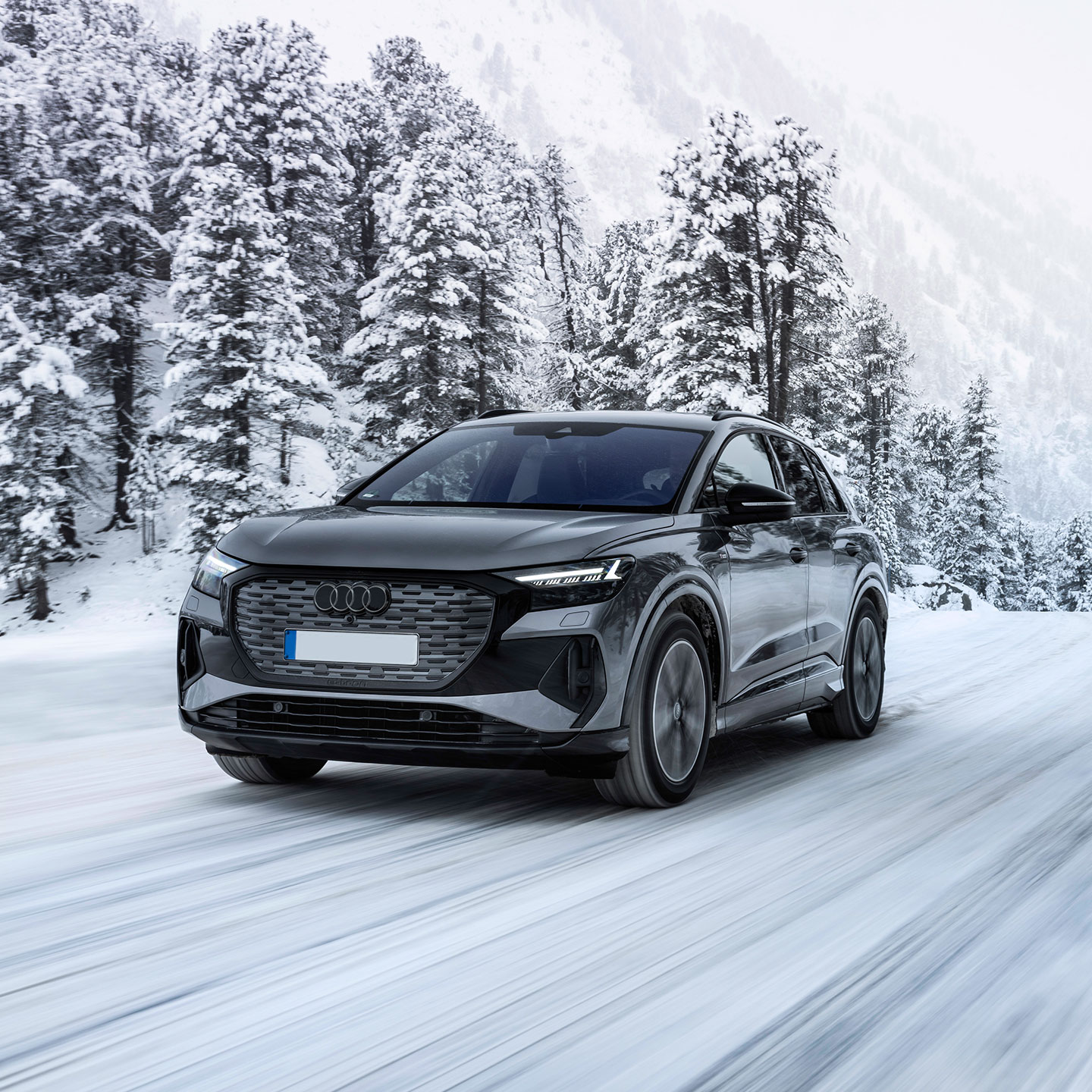View
Winter Driving with an BEV
Thoughtful Amenities
Driving in a Canadian winter can be a challenge at any time, and driving a BEV brings new challenges to consider. Battery Electric vehicles do tend to drop in range and performance in cold weather, and bearing these things in mind is a wise idea, particularly on long trips.
While heat may be a factor in many other countries, it's rare for this to be a factor in Canada, so we'll concentrate on what Canada is famous for - cold weather. The key factor is batteries, and the best way to think of them is like humans; they are less and less happy the further you go below 15 degrees or above 30 degrees Celsius.
The cold impacts batteries in several ways, the main impact is the available range and fast charging speed. Really frigid weather could see a 50% decrease in available range and a similar drop in the maximum available charging speed. Essentially, winter creates a shorter vehicle range and a longer time to charge, making long trips even longer.
Like an ICE vehicle, other winter factors also impact efficiency. This includes winter tire drag and snow and ice accumulation on the body impact aerodynamics. The biggest problem, when compared to an ICE vehicle, is that range is typically lower to start with, so a further deterioration may impact some driving use cases - particularly long trips. However, people typically tend to do less long-distance travel in winter than in summer, so even for a high-mileage commuter, halving the typical BEV range from 400 kilometres to 200 kilometres will not be an issue for most when they have available charging at home and are relying on BEV as their daily driver.
Just like an ICE, the battery will warm up as you drive the vehicle. Typically, during this warm-up period, the vehicle will cut maximum performance and regenerative braking, gradually restoring capability as the software determines that the battery is at the suitable performance temperature.
This chart, published by Geotab, and mapped over several thousand BEVs, highlights range deterioration as the weather gets cold.

Like putting your coat, hat, gloves and boots on for winter, there are things that you can do to help mitigate the impact of winter on an electric vehicle:
- If possible, keep the battery warmer by parking in the garage overnight.
- Pre-condition the battery before charging (if available).
- Preheat the vehicle's interior while still plugged (from the app) before leaving on cold mornings.
- Make a point to keep the vehicle plugged in most nights.
However, BEVs do have a couple of real benefits in winter over ICE vehicles. Electric motors allow higher precision wheel control than ICE vehicles, meaning that each tire can find every last ounce of available grip, thereby reducing the potential for skidding or getting stuck. When combined with the heavy weight of the battery low down in the body, this gives a BEV excellent winter driving stability in slippery conditions.
The other main benefit is cabin preheating. While ICE vehicles have had remote start to allow cabin heating for a while, extra idling creates a lot of pollution problems, especially when the engines are cold. Preheating the cabin in a BEV allows a guilt-free experience with none of the pollution.
Perhaps the best benefit is never having to stand outside in cold weather to pump gas. Even if you do have to charge at a public charger, staying inside a nice warm car is a very nice benefit.
While there is no doubt that range and DCFC charging performance does drop off significantly, driving a BEV does bring winter grip, comfort and convenience advantages that, on a day-to-day commuting basis, are well worth the trade-off.
